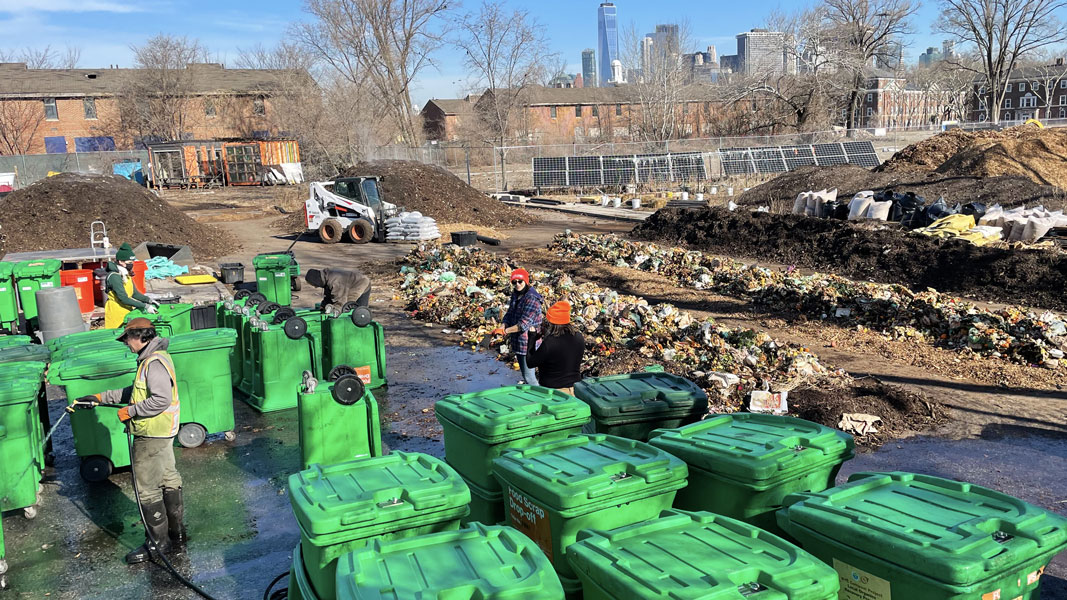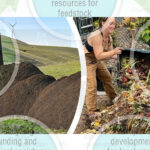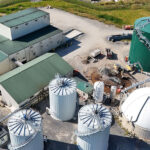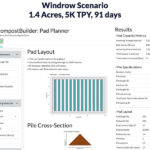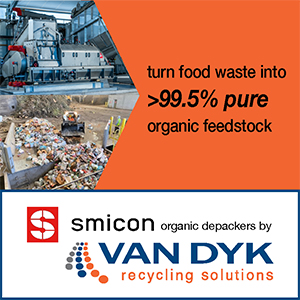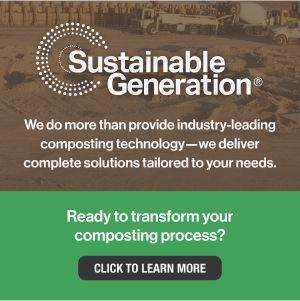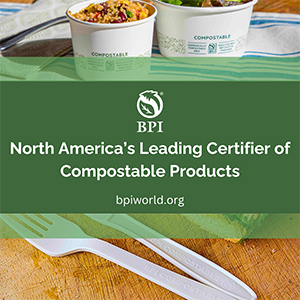Top: Earth Matter NY food scraps composting facility on Governors Island in New York Harbor. Photo courtesy Earth Matter NY
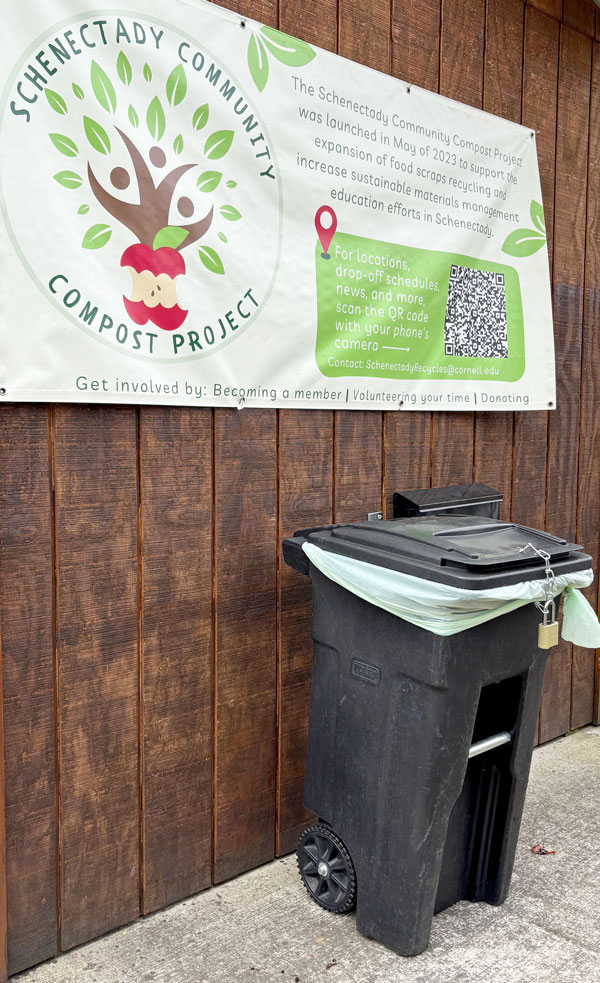
Food scraps drop-off cart at Schenectady, New York’s community composting site. Photo by Nora Goldstein
The Natural Resources Defense Council (NRDC), the Environmental Law Institute (ELI), and the Institute for Local Self-Reliance (ILSR) recently released the “Model Municipal Ordinance on Advancing Community Composting,” developed to provide “clean, ‘off-the-shelf’’ legal language to address ‘unreasonable’ regulatory barriers that impose burdens that are unintended, unnecessary, or disproportionate to the expected benefits of applying the requirements,” according to NRDC. The Model is designed as a resource for local government officials, municipal staff, and stakeholders (including community members and community-based organizations) seeking to encourage the recycling of organic material. It is a companion to a separate model municipal zoning ordinance on community composting developed by NRDC, ELI, and ILSR. Both models are part of a broader, ongoing effort to provide municipalities and advocates with tools to reduce the time and cost associated with taking action to reduce food waste.
For purposes of the model, community composting refers to an approach to composting that occupies a smaller area and processes substantially less organic material than industrial composting, sources organic material locally, typically engages the community in the composting process, and distributes or uses most or all of the compost locally. While composting of all sizes and types is beneficial, the comparatively small size and local focus of community composting offer additional community benefits.
The model requires a municipality to inventory its ordinances and regulations that could apply to community composting operations and to determine whether any of them present an unreasonable barrier, notes NRDC. “For any municipal ordinance or regulation that is determined to present a barrier, the model requires the municipality to reduce or eliminate the barrier to the extent practicable. The model also directs the municipality to identify any state laws that may present unreasonable barriers, such as solid waste permitting requirements.”
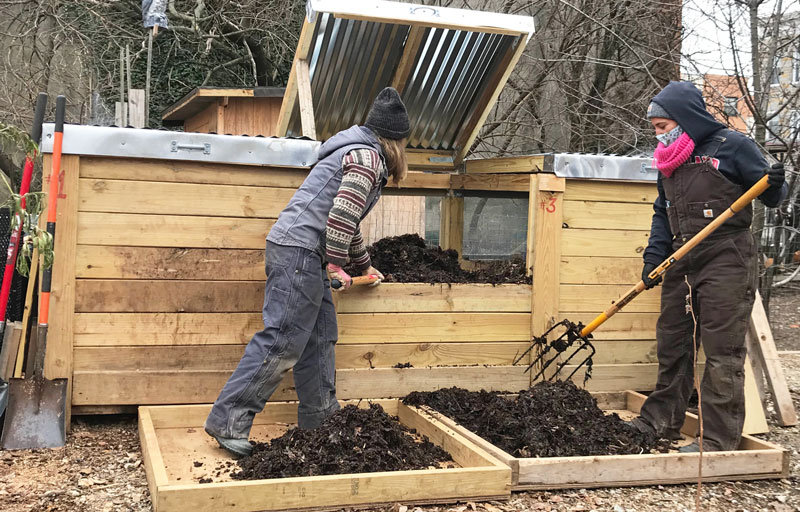
Three-bin hot composting system at the Hidden Harvest Farm in Baltimore (MD). Photo courtesy Institute For Local Self-Reliance
In addition, the model addresses specific barriers in the following areas: Nuisance determinations; floodplain management; licensing of haulers and collection of organic material; regulation of the distribution and sale of compost; and procurement of compost and composting services. It also addresses the ways in which a municipality can provide opportunities for community composting, including promoting public awareness and education, offering technical assistance, and committing to financial assistance.
The off-the-shelf version of the model is accompanied by a version with commentaries and a background memorandum, which offer alternative approaches and additional information to help municipalities tailor the model to their local circumstances. For example, because community composting can take many different forms and operate at varying sizes, its definition in the model is intentionally flexible; a municipality could choose to include a quantitative threshold, such as throughput volume or site area, to determine what qualifies as a community composting operation. A slide deck is available for presentations about the model ordinance.


